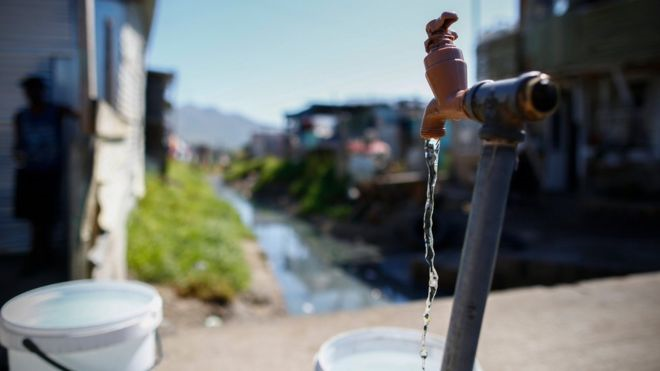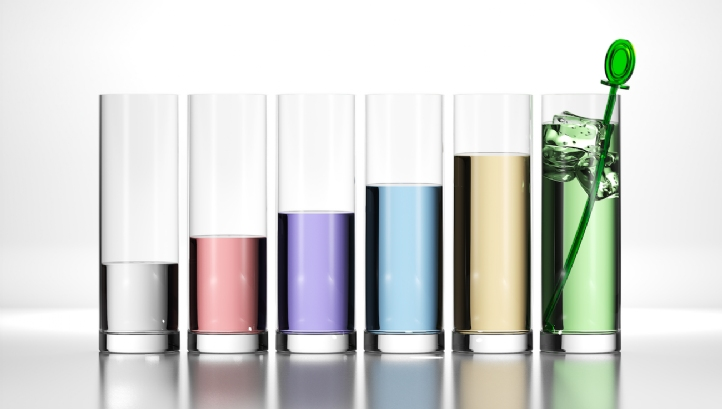RESEARCHERS in England have created a graphene-based sieve for desalination, which may eventually be manufactured on an industrial scale.[1] In 2004, scientists isolated graphene as a material with tremendous tensile strength and electrical conductivity—capable of filtering salts. It is both two-hundred times stronger than steel and the thinnest material on earth: one million times thinner than a human hair.[2]
Until now, it has been difficult to produce large quantities of single-layer graphene membranes. But scientists at the University of Manchester have reported in the journal Nature Nanotechnology the ways in which they are able to solve some of the challenges for graphene production, by using a chemical derivative called graphene oxide (which may be produced easily in laboratory settings). Dr. Rahul Nair, who directed the research, told BBC News: “In terms of scalability and the cost of the material, graphene oxide has a potential advantage over single-layered graphene.” Dr. Nair further explained that—contrary to previous research findings—the graphene oxide membranes are capable of filtering out common salts.
Jijo Abraham, a research scholar at the University of Manchester, and co-author on the study, has said that leap from a lab environment towards industrial-level treatment plants will require the ability “to produce very large membranes that are reliable in the long run.”[3] He reported to the Christian Science Monitor that his team does not foresee any major challenges for large-scale production—but the support of industry will be essential to success.[4]

Credit: EPA via BBC News
MEANWHILE, in Cyprus, the government has approved the construction of a desalination plant.[5] Located in Paphos—where a mobile desalination unit is being dismantled—the facility will produce 15,000 cubic metres of water per day. According to Andreas Manoli of the Water Development Department, the government decision was based on a decision “to secure alternative access to fresh water resources.”[6]
Last week, Paphos farmers protested the plan to destroy the existing desalination plant in favor of building a new one. They stated that will have to wait at least three years for a reliable water supply in the event of droughts and potential water cuts.[7]

Credit: Desalination.biz
XYLEM, an American water technology provider, has projected 4-6 percent growth through 2020. In the second quarter of 2017, the company will merge its new acquisitions, Sensus and Visenti, with its Analytics business.[8] Xylem will then report its financial and operational results as one unit, expecting to generate $5.3 million capital (available for deployment) between 2015 and 2020.[9]
[1] Paul Rincon, “Graphene-based Sieve Turns Seawater into Drinking Water,” BBC News, April 6, 2017, <http://www.bbc.co.uk/news/science-environment-39482342> accessed April 8, 2017.
[2] “What Can Graphene Do?”, The University of Manchester, <http://www.graphene.manchester.ac.uk/explore/what-can-graphene-do/> accessed April 9, 2017.
[3] Patrick Reilly, “Graphene Oxide: A Better Membrane, but no ‘Silver Bullet’ for Desalination,” Christian Science Monitor, April 7, 2017, <http://www.csmonitor.com/Science/2017/0407/Graphene-oxide-A-better-membrane-but-no-silver-bullet-for-desalination> accessed April 7, 2017.
[4] Ibid.
[5] Evie Andreou, “Tender for New Desalination Plant in Summer,” Cyprus Mail, April 6, 2017, <http://cyprus-mail.com/2017/04/06/tender-new-paphos-desalination-summer/> accessed April 9, 2017.
[6] Ibid.
[7] Ibid.
[8] “Xylem Outlines Expected Boost from Sensus and Visenti,” Desalination.biz, April 5, 2017, <https://www.desalination.biz/news/0/Xylem-outlines-expected-boost-from-Sensus-and-Visenti/8711/> accessed April 9, 2017.
[9] Ibid.

